By Rachit Raj
1917 is a war film that is all about trying to stop an attack. It is a movie which uses the devastating setting of World War I to tell a story of friendship, death and violence by making us a part of every experience that the characters go through. Director Sam Mendes, in ensuring that his film feels like a personal, lived experience to the audience achieves a cinematic feat that is a master-class on capturing the experience of war (or any kind of violence, really) on a camera.
Set in April 1917, the film centres at the peak of World War I. Corporal Will Schofield (George MacKay) and Corporal Tom Blake (Dean-Charles Chapman) are given the task to travel to the new Hindenburg Line where the Germans have retreated only to set a trap for when the British launch an attack of their own. Their job is to tell the 2nd Battalion of the Devonshire Regiment to call-off their attack. Blake’s elder brother Lieutenant Joseph Blake (Richard Maden) is also a part of the Devonshire Regiment, whose life depends on these two reaching the Regiment timely to prevent the attack.
It is a story that follows a Spielberg-esque trajectory that he championed in the terrific Saving Private Ryan. The scale and stakes are higher in 1917, though, and the urgency is visible in Roger Deakins astounding camera work. Shot as a one-shot film which is focused on what Schofield and Blake experience through their journey, 1917 becomes less of a war film and more a story of friendship, loss and duty.
More than death and violence, the film benefits from the impending threat of life and society standing on the edge of a cliff, seconds away from falling apart. There are sequences in the movie where we see Blake and Schofield walking past dead bodies with open wounds guarded by rats and bees. Mendes makes sure that we notice the scattered dead bodies of humans and animals. In one of the many disturbing sequences in the movie Schofield falls in a trench and finds himself right beside a fat rat chewing on the remains of a dead body inches away from Schofield. It is a sudden, grotesque reminder of how close life is to death in times of war. There is no wall between the dead and the living, the latter a mere misstep away from becoming the former.
There is not a lot of live violence in 1917. A lot of violence in the film is in the past (which is interesting given that the film is set in the final few months of World War I). What we see periodically are the brutal remains of what would have been an outcome of a combat. These remains are a constant imagery in the movie, as if speaking to us more than living characters do. They speak of the futility of everything has already been lost by the time the world has reached the final leg of the war. It speaks of untold stories, untouched lives that were cut short by political conflicts of which they probably had little knowledge of.
We see Schofield and Blake walking past these decomposing bodies as if it is nothing new, nothing appalling for them. It is true. As soldiers in the middle of a war, a dead body does not trigger in them the kind of discomfort that Mendes wants us as an audience to feel. Mendes wants us to see the tragedy in the normalization of violence and grotesque remains of a fatal confrontation. He keeps pushing the boundary, testing us as we see image after image of violence, pain, destruction and a complete disillusion of the bravado attached to the idea of war.
Through all this, the film never breaks into different shots. A cinematic feat that would be remembered for years, 1917 moves in one shot and never makes you feel like the storytelling is being compromised in trying to access technical accomplishments. The film is not filled with action, but with a stifling tension which is accentuated by the movie’s refusal to give the audience a break as we shift from one scene to another.
Any artistic experiment in a work of art needs to be complimented by a gripping story and an artistic logic behind the need for the experiment being done in that particular story. 1917 is not a one-shot movie purely because it wants to achieve something extraordinary technically. It does so because by doing that it contributes in making the film a better work of art. The one shot that lasts for the entirety of its two-hour runtime makes the threat of every step more real and unescapable. We do not leave these characters for a minute, and Deakins’ 360-degree camerawork gives us an immersive, holistic experience which helps in making this feel like a movie where the camera – and in extension the audience – is as much a part of the proceedings as the characters we see in front of the camera.
1917 is an astounding technical achievement, but it is also a remarkable achievement in writing and performances. All of its behind-the-scenes brilliance would have gone in vain had it not been for the fantastic performances by MacKay and Chapman. The two (especially MacKay) are consistently brilliant in what must have been a closely prepared and rehearsed performance, as aware of the camera as it tries to be unaware of its searing gaze on every action that occurs on their journey. They consciously avoid the camera, and yet remain aware of the pace and position it demands from them.
Krysty Wilson-Cairns has written a near perfect screenplay along with Mendes here. It is a challenge to write a war film about the horrors of war and yet find something novel in it that makes the story worth telling. Cairns make sure that her writing keeps the story away from becoming repetitive and forced. With each shift in the story, there are a set of new ideas, themes that keep the story intriguing despite certain predictable turns along the way.
As a cinematic experience, 1917 is a rousing success, but what truly makes it a masterpiece is its ability to find depth, beauty and a new language of cinematic representation of war. In its achievement as an anti-war artistic piece without losing out on the thrills that have been achieved through violence in a number of yesteryear war films. It is the kind of movie which makes you understand how horrific it is for nations to be caught up in wars, but it is also a fitting example of why cinema would always be an ideal medium to explore the brutality and banality of war as a reality of life.
[Read more of the author’s work on his blog here]

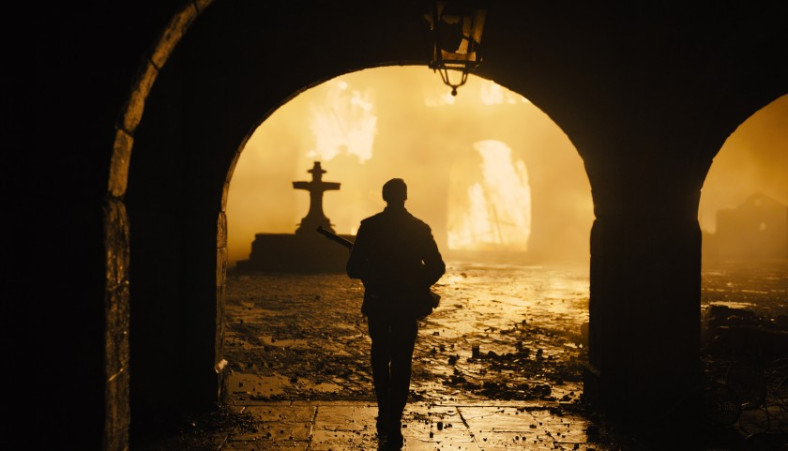
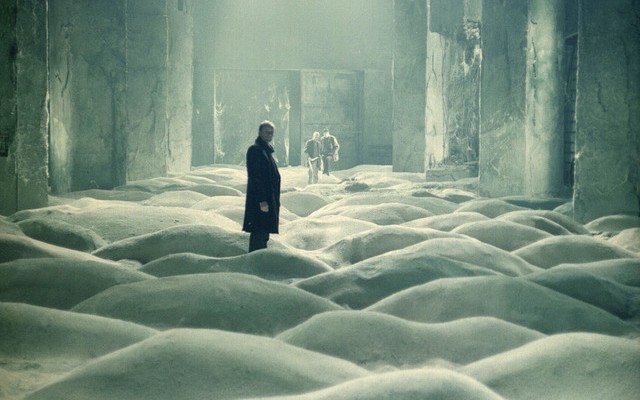
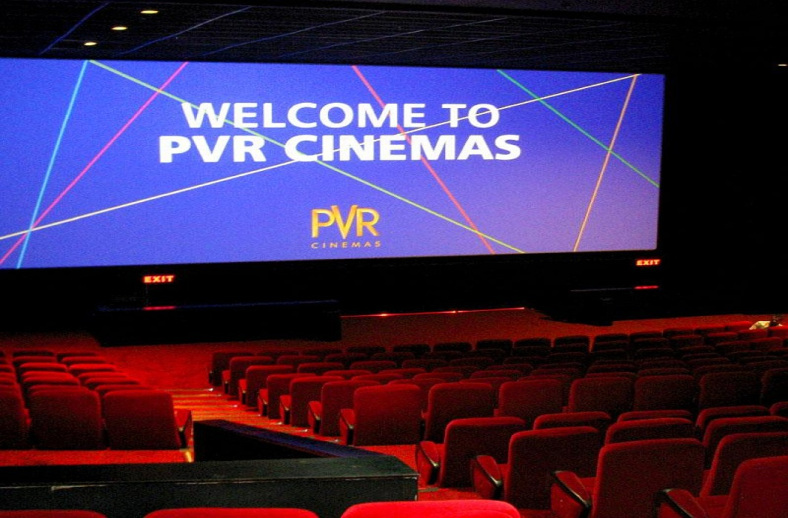
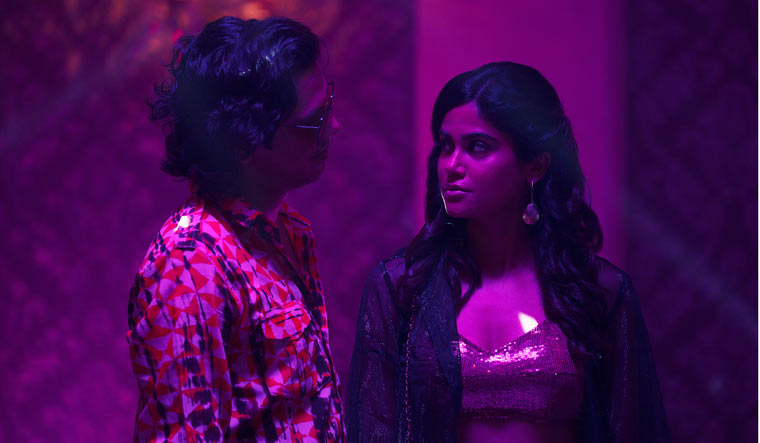
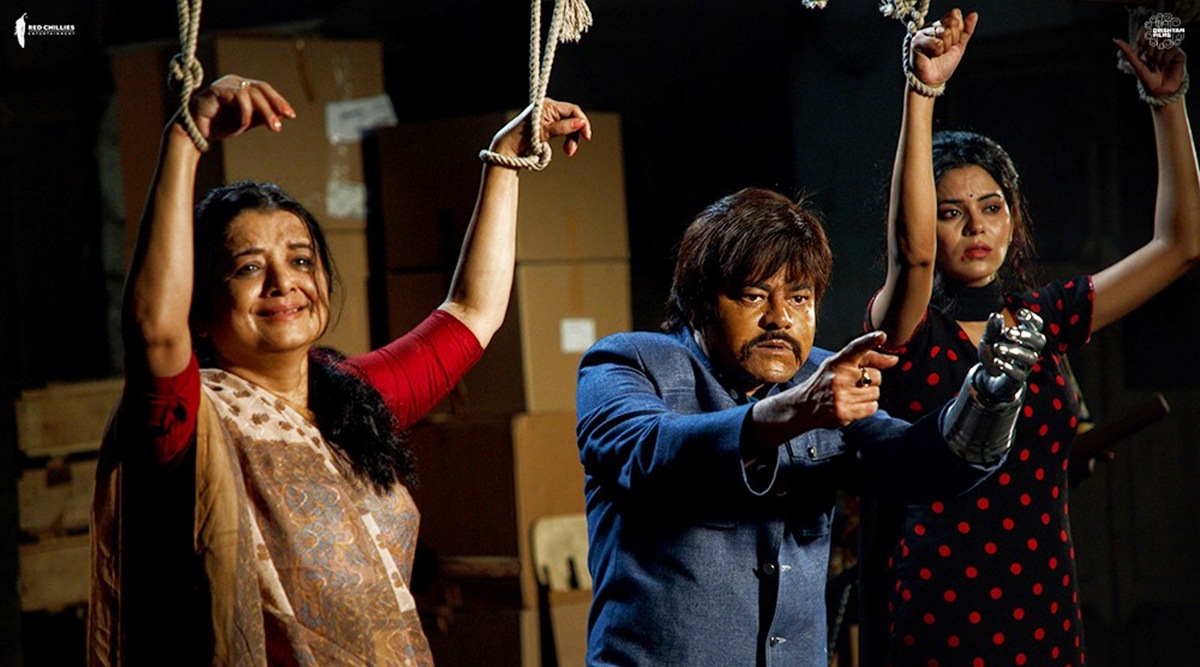
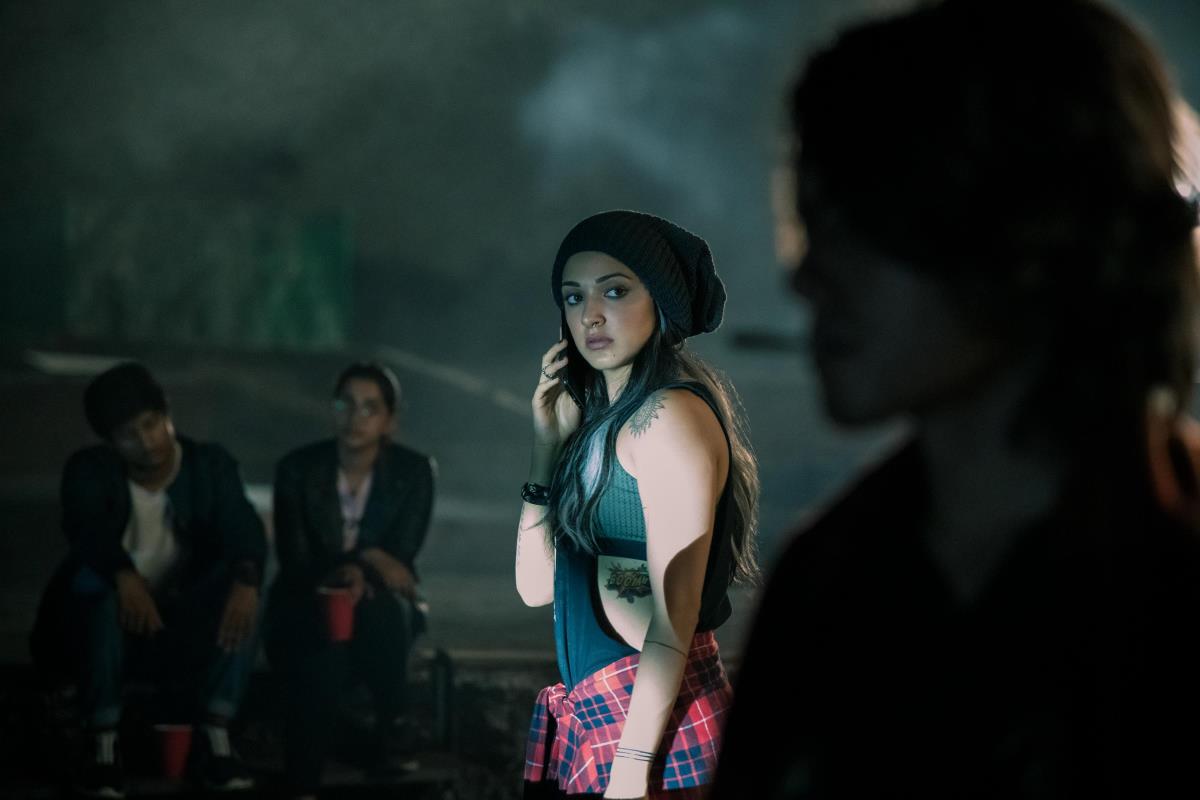


Leave A Comment
You must be logged in to post a comment.